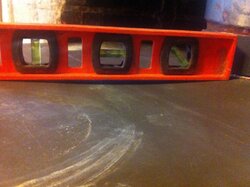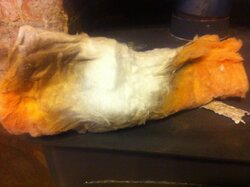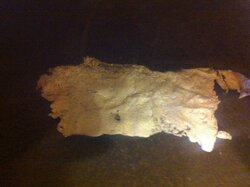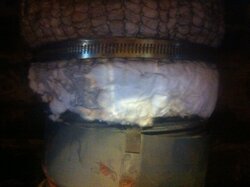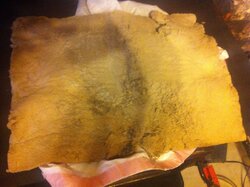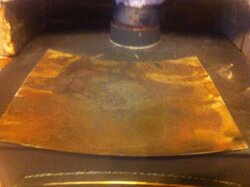. I either had to burn wet wood or cut the air off early so the secondary burn never got going, once the secondaries lit it was going to cruise at 650-700* no matter what I did.
Yea, all the tubes and the entire baffel plate are usually glowing bright orange on mine. The radiant heat through the door glass is enough to burn you if you are within 4-5' of it for any length of time, did that once and I had what looked and felt like a sunburn.
I had to run the blower on high to keep it at or below 700. The blower must have some sort of thermal overload switch because occasionally the fire would get get roaring and then the blower would just turn off, if I didn't get a fan blowing on high into the blower intake area quickly (to both keep the stove cool and to cool the blower back down) it would go from 700 to much higher very quickly. Also running it at 700 is with the air closed down.
Wait - one does not equal the other. I am getting mixed signals here. Cruising at 650-700 is a far cry from needing to force cooling air into the blower intake to keep it from screaming past 700F.



